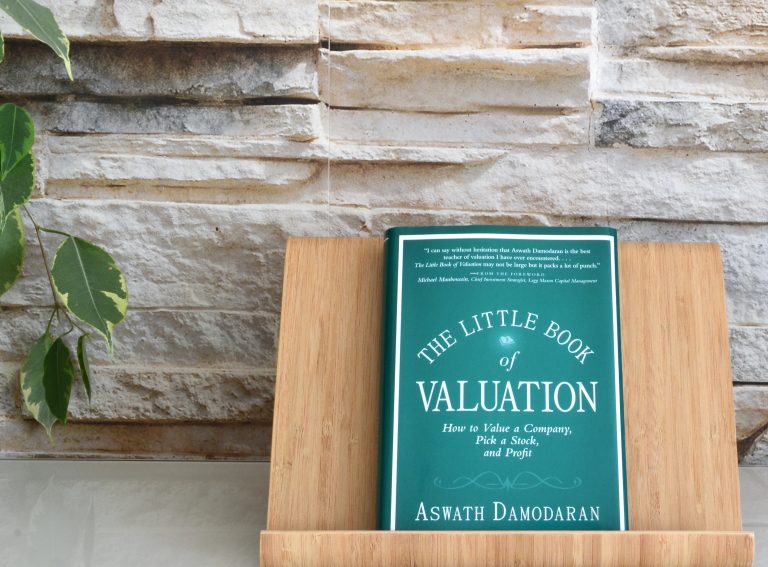In the vast world of stock market investing, understanding how to determine the worth of a company’s shares is paramount. Unlike the subjective value of a painting or sculpture, valuing stocks requires a more calculated approach. The notion that the price of a stock is solely based on what someone is willing to pay for it can be an expensive fallacy. In this article, we will delve into the art of valuing stocks, exploring the two primary approaches – relative and intrinsic valuation – and unravel the key insights from “The Little Book of Valuation” by Aswath Damodaran.
Two Valuation Approaches: Relative and Intrinsic Value
Relative Valuation
Valuation of stock market companies can be approached through two major methods:
- Relative valuation
- Intrinsic valuation
While some investors may favor one over the other, combining both approaches can provide a more comprehensive analysis. Relative valuation relies on comparing similar assets to determine the best value. It involves finding comparable assets, using standardized variables like price-to-earnings ratios, and adjusting for differences in growth prospects.
By employing these steps, investors can identify promising companies for further analysis.
Intrinsic Valuation
Intrinsic valuation considers factors such as time preference and risk aversion to assess a company’s true worth. It relies on principles of time preference and risk perception. Investors generally prefer money today over future payments and favor certain returns over risky propositions. One key tool in intrinsic valuation is discounted cash flow analysis, which involves estimating a company’s future earnings and determining their present value using a discount rate. While estimating long-term earnings can be challenging, focusing on key variables and incorporating a margin of safety can enhance the accuracy of intrinsic valuations.
A Quick Guide to Valuations
Valuations, whether relative or intrinsic, are prone to biases and uncertainties. Being aware of these inherent flaws can help investors refine their analyses.
Recognizing personal biases and questioning assumptions are essential steps toward rational valuations. It is important to acknowledge that no valuation is entirely accurate, but the relative and intrinsic approaches remain indispensable tools despite the inherent uncertainties.
Context Matters: Growth, Decline, and Cyclicals
Valuing different types of companies requires adjusting the analysis based on their specific characteristics. Context matters when it comes to growth, decline, and cyclicals.
For growth companies, such as Amazon, scalability, future profit margins, and the transition to stable growth must be considered.
Companies in decline, like AT&T, require careful evaluation of capital expenses and the possibility of bankruptcy.
Cyclical commodity companies, exemplified by ExxonMobil, face unique challenges due to fluctuating results over business cycles.
Conclusion
Valuing stocks is a skill that every investor should master. By combining relative and intrinsic valuation methods, investors can make informed decisions and identify potentially undervalued stocks. While valuations are not foolproof, understanding biases, considering key variables, and accounting for context can enhance the accuracy of the analysis.
Remember, valuing stocks is an art that requires diligence, rationality, and continuous learning. With these tools in hand, investors can navigate the stock market with confidence and strive for financial freedom.

Pingback: 7 Essential Rules to Master Graham's Defensive Investment : The Complete Guide - marketadvisor